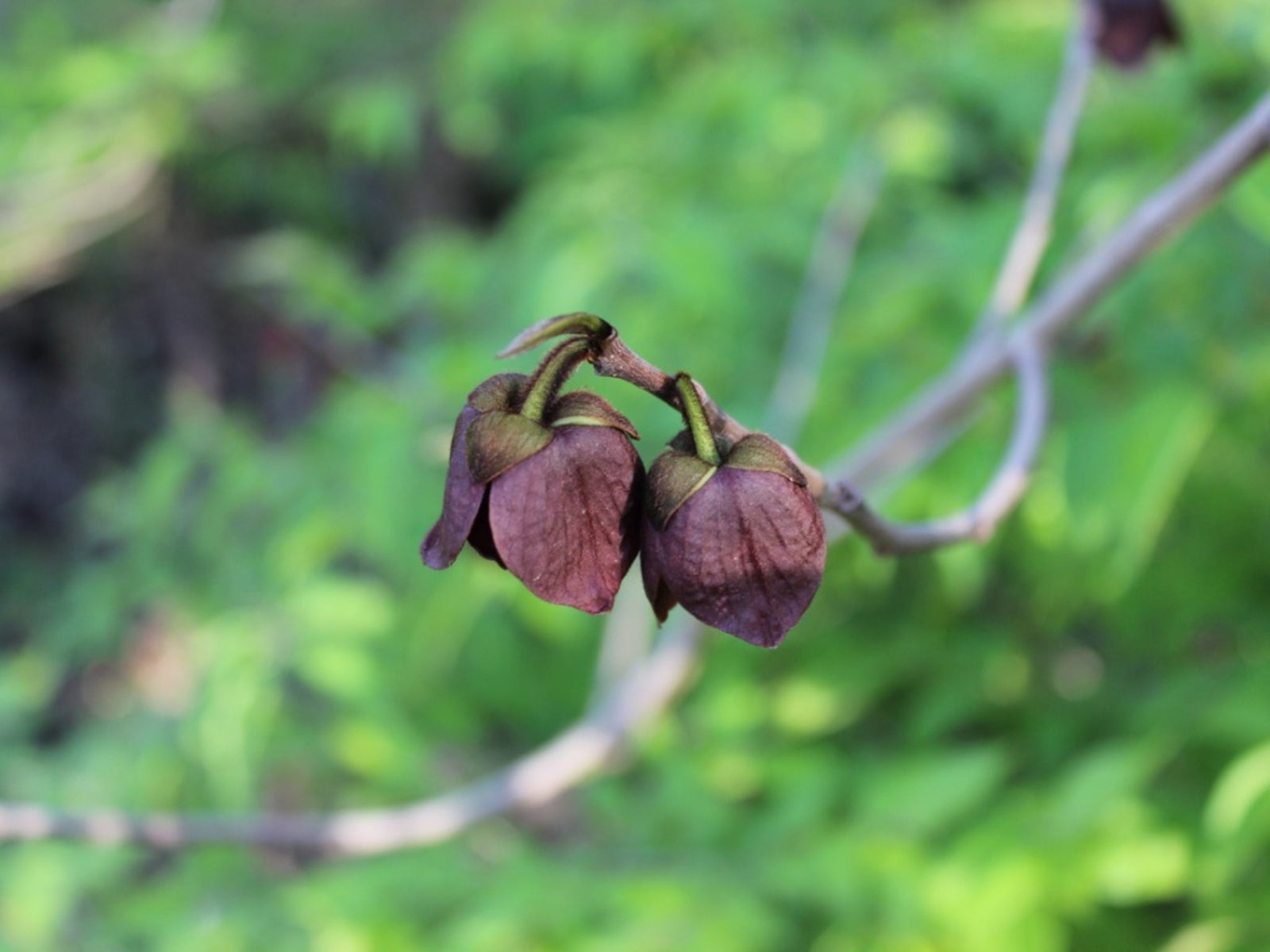
The pawpaw tree (Asimina triloba) is native from the Gulf Coast up to the Great Lakes region. Not commercially grown, or rarely, the pawpaw fruit has yellow/green skin and soft, creamy, almost custard-like orange flesh with a delicious, sweet flavor. One reason this delicacy is not commercially grown has to do with pawpaw flower sex. It is difficult to know what sex pawpaw flowers are. Are pawpaws monoecious or dioecious? Is there a way to tell the sex in pawpaw trees?
How to Tell Sex in Pawpaw Trees
Tasting like a cross between a banana and a mango, pawpaw trees can be fickle with regards to what sex the pawpaw flowers are. Are pawpaws monoecious or dioecious? Well, they are definitely not entirely dioecious or monoecious for that matter. Pawpaw flower sex is something rarer. They are termed trioecious (subdioecious), which means they have separate male, female, as well as hermaphroditic plants. Although they have both male and female reproduction parts, they are not self-pollinating. The pawpaw’s blossoms are protogynous, which means that the female stigma matures but is not receptive at time that the pollen is ready for fertilization. Pawpaws are most often propagated via seed, and their sex cannot be determined until they flower. This can be a problem when raising the fruit for commercial sale. It means that few trees will actually produce and yet the grower is cultivating and investing time and money to wait and see which trees will fruit. Furthermore, under stressful conditions, the dioecious plants may convert to hermaphrodites or the opposite sex, and monoecious plants may change the ratio of their male to female flowers. All this makes determining the sex of pawpaws anyone’s guess. Of course, there are other reasons the pawpaw isn’t cultivated commercially despite its rich nutritional value-- high in protein, antioxidants, vitamins A and C, and several minerals. The fruit has an odd bean-like shape that doesn’t fare well with the sweet custard inside and it also doesn’t handle well. This means the delicious fruit will probably remain the province of eastern U.S. dwellers and those determined to grow pawpaw. And for those intrepid growers, pawpaws are also self-incompatible. This means that they require pollination from yet another, unrelated pawpaw tree.
Sign up for the Gardening Know How newsletter today and receive a free copy of our e-book "How to Grow Delicious Tomatoes".

Amy Grant has been gardening for 30 years and writing for 15. A professional chef and caterer, Amy's area of expertise is culinary gardening.
